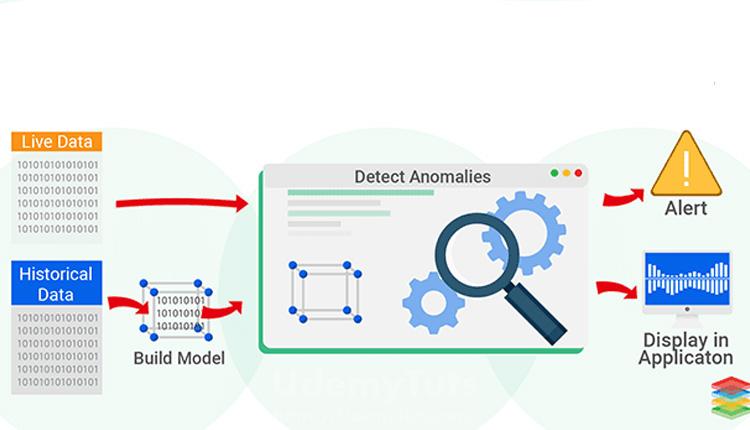Anomaly Detection
What you’ll learn
- What is an anomaly?
- What are the areas where anomaly detection can be applied?
- What are the three types of anomaly detection techniques?
- How to analyze time based data for anomalies?
- How to use supervised learning to identify anomalies?
- How to apply unsupervised learning algorithms like DBSCAN and
- Isolation Forest to detect anomalies?
- How to analyze images and identify anomalies among them?
Requirements
- None.
Description
An anomaly is a data point that doesn’t fit or gel with other data points. Detecting this anomaly point or a set of anomaly points in a process area can be highly beneficial as it can point to potential issues affecting the organization. In fact, anomaly detection has been the most widely adopted area with in the artificial intelligence – machine learning space in the world of business. As a practitioner of AI, I always ask my clients to start off with anomaly detection in their AI journey because anomaly detection can be applied even when data availability is limited.
Anomaly detection can be applied in the following areas:
- Predictive maintenance in the manufacturing industry
- Fraud detection across industries
- Surveillance activities across industries
- Customer Service and retail industries
- Sales
The following will be covered in this program:
- The three types of anomaly detection – time based, non time based and image. Of these, image anomaly is a new frontier for AI. Just like we analyze the numbers, we can now analyze images and identify anomalies.
- Machine learning and deep learning concepts
- Supervised and unsupervised algorithms (DBSCAN, Isolation Forest)
- Image anomaly detection using deep learning techniques
- Scenarios where anomaly detection can be applied
- Python is covered in great detail to assist those who are new to python or want a refresher on any of the python topics.
Anomaly detection is one area that can be applied in any type of business and hence organizations embarking on AI journey normally first explore anomaly detection area. So, as professionals and students, you can also explore this wonderful field!
Who this course is for:
- Machine and Deep Learning enthusiasts
- Data Science/Analytics Managers & Heads
- Beginners in Data Science
Created By:
Last Updated On:
Language:
Size:
Govind Kumar
07/2021
English
–

